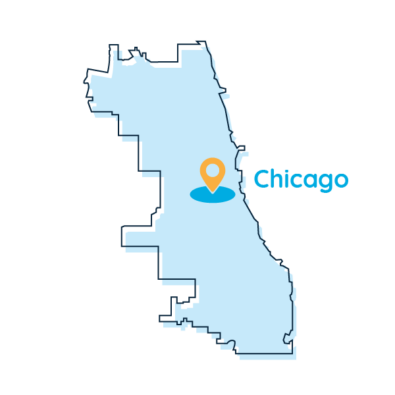The City of Chicago Water Department gets its water from Lake Michigan. It treats the water at two of the largest water processing plants in the world: the Jardine Water Purification Plant and the Sawyer Water Purification Plant. Both facilities use a set of filters and chemicals to eliminate debris and impurities from the water system. However, this mass processing technique doesn’t remove several harmful pollutants.
That said, the Chicago water system is impressive in its output. It services the city’s 2,700,000 residents. According to Chicago.gov, the city processes over a billion gallons of water each day. This water is used by homes and businesses throughout the greater Chicagoland area.
Chicago tests its water systems 24-hours a day, 365 days a year. It also publishes an annual Comprehensive Chemical Analysis that shows the chemical levels of the water for each quarter. The city ensures that its water exceeds the standards set forth by both the United States Environmental Protection Agency (EPA) and the Illinois Pollution Control Board. However, these regulators are basing their standards on the outdated Safe Drinking Water Act of 1974.


